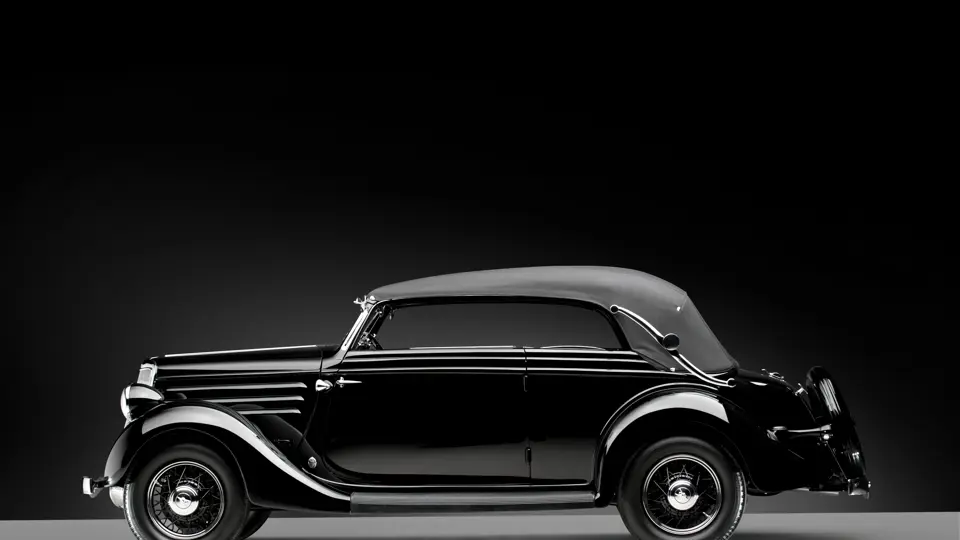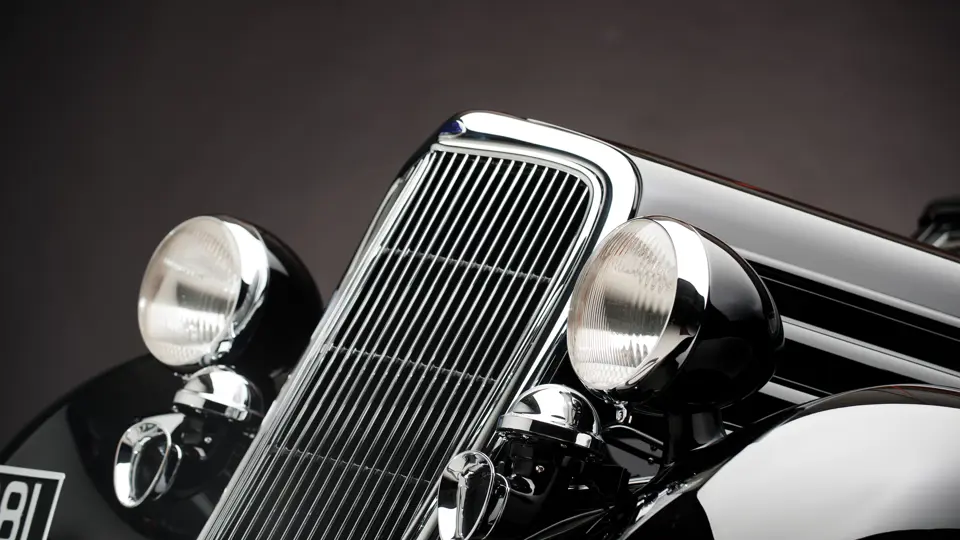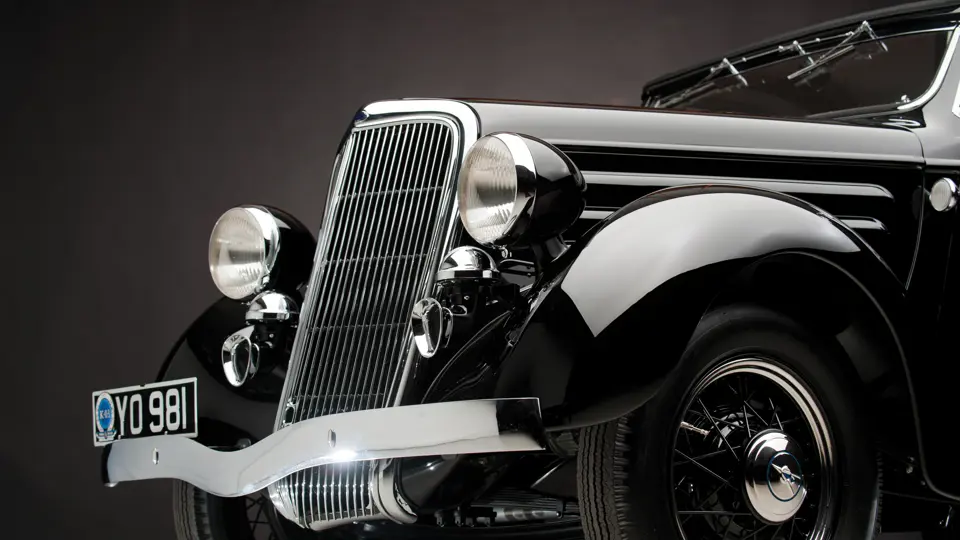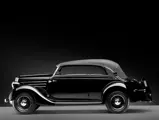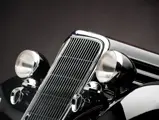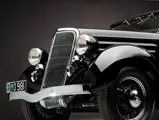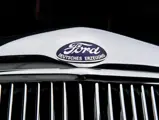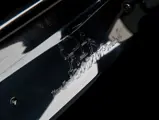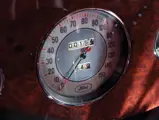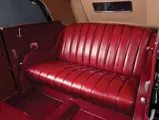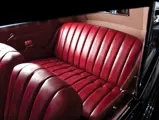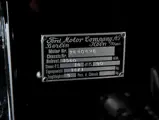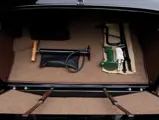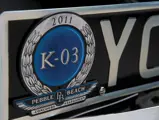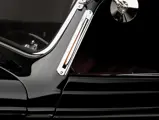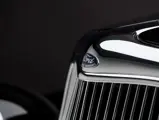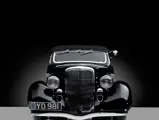MODEL 68. 85 bhp, 221 cu. in. L-head V-8 engine, three-speed manual transmission, solid front axle and live rear axle with transverse semi-elliptic leaf springs, and four-wheel mechanical drum brakes. Wheelbase: 112"
American cars were popular in Europe between the two world wars. Robust, reliable, and relatively inexpensive, they appealed to an upper class of citizens for whom cost was frequently a secondary consideration. Accordingly, many were sent to local coachbuilders for bespoke or series custom bodies, either limousines or chic open cabriolets. In Germany, the coachbuilder of choice for “deluxe” Fords was Gläser of Dresden, which, since its early carriage building history for royalty, had branched out into building bodies for Mercedes, Horch, Maybach, and other luxury marques. Later work included Steyr bodies and even projects for Aston Martin and Bugatti.
Gläser patented a number of unique features relating to the cabriolet’s top and window mechanisms. In 1925, a license was taken out for Weymann fabric body techniques, but this style did not prove popular in Germany. From 1929, Gläser became known for small series of cabriolets on Opel chassis, as well as German-assembled American makes like Cadillac, Buick, Chevrolet, and Ford.
Ford Motor Company’s strongest foothold in the German market was planted in 1931, with the opening of a new factory at Cologne, which turned out Model As and soon, V8 cars. The Cologne complex remains Ford’s German mainstay to the present day. From its introduction, Ford’s new Model 18 found a welcome constituency in Germany, and upscale customers were pleased to be able to order elegant Gläser cabriolets right through the 1930s. Gläserkarosserie, as it was now called, converted to war work by 1940. The factory was heavily bombed by the British, but after the war, some machinery was moved to Ullertricht, where about 100 bodies were made for the Porsche America Roadsters before the company closed in 1951.
This 1936 German Ford was purchased by the Westermann family in 1936. In overseas markets, updates to Ford vehicles frequently lagged their introduction in the United States, and features were sometimes introduced in a different order than in the home market. This car carries a chassis number in the 1936 Model 68 sequence but has the front sheet metal of a 1935 Model 48, no doubt for this reason. The Westermanns paid RM 6690 (then about $2,700 US, the price of a Packard Eight Phaeton here, or a mid-range Mercedes in Germany).
As a wealthy German Jewish family, they recognized that they would face discrimination and probably persecution under Hitler’s Third Reich, so towards the end of the year, they took what money and valuables they could and set off for England in the Ford.
In June 1937, they registered the car in the United Kingdom and were issued the London number DYO 981. They bought a hotel, the Hotel de Paris, in the Berkshire village of Bray, not far from Windsor, the Royal Family’s country castle. Hotel de Paris was an upscale inn, the reveling place of “bright young things” and said to have been frequented by the then Prince of Wales (later Edward VIII and still later the Duke of Windsor) and his female companions. Although the Westermanns ran the hotel for many years, they laid the car up after World War II, and it remained in a garage until acquired by Richard John Tucker in 1987.
Tucker was a family friend of the Westermanns, and in the mid-1980s, suggested to their son Valentine that the car should be restored. Shortly after the work was completed, however, Valentine died unexpectedly, and the car was again returned to storage. Valentine’s will, however, bequeathed the car to Tucker, who put it back on the road and enjoyed it immensely.
Richard Tucker sold the Gläser Cabriolet to Ian Feltham of London in 1990. Feltham had the engine rebuilt by Norman Bloor, known for his work on Ford flatheads, in 1996, but put few miles on the car. In 2008, it was acquired by Colin Spong, of Ilford, Essex, who is recognized as the British authority on Ford V-8s. When Michael Dingman began searching for a custom-bodied Ford V-8, a lengthy quest led him to Spong, from whom he acquired the car in 2008.
As received at the Dingman Collection, the 1936 Gläser Ford was running and presentable but not a show car yet. Close inspection showed it had never required disassembly and as such, its 1980s restoration had primarily been a cosmetic one. Mr. Dingman promptly sent it to Kevin Westmoreland’s Performance Restoration in Georgia to receive a thorough and complete makeover, with the intention of achieving perfection. While being a show car, the intention was to return this car to its original appearance, precisely the way it left Gläser’s workshops, and was delivered new to the Westermann family.
The result is simply breathtaking. It is achieved by liberal use of black: black convertible top, black body, and blackwall tires on black wire-spoke wheels. As a result, the eye has to look over each part of the car carefully, drawn by the highlights, principally the modest, tasteful chrome trim comprising the hub caps, door handles, bumpers, landau irons, and grille. The car has semaphore-type “trafficators,” the directional signals required on British roads, mounted to the windshield pillars.
Gläser tastefully gave the car a modest bustle trunk, with the spare tire mounted on the lid. To avoid the burden of lifting the tire when access was required, they hinged the lid downward, but the weight of the tire demanded extraordinary means to keep it shut. As such, opening the trunk involves loosening a pair of heavy screw catches, then lowering it onto stout cable restraints. Inside is a boot cover and a set of tools, including a tire pump. The interior is upholstered in pleated deep crimson leather, which plainly shows that few people have sat on it since completion. There is matching deep red carpet on the floors. The instrument panel is done in an exquisite display of burled wood grain. The odometer shows 154 miles, the distance driven since completion of the restoration, including the tour at Pebble Beach. The doors, which open from the front, have red leather liners with generous pouches for the various articles of travel.
Upon completion in Kevin Westmoreland’s shops, the car made its American debut at Pebble Beach in 2011, in the inaugural year of the class in which it was entered. An immediate hit with spectators, it made a lasting impression on the judges, too, who presented it with the Best in Class award. The grille now bears the blue and green ribbons of Pebble Beach, signifying Best in Class and the completion of the Pebble Beach Tour d’Elegance, respectively. A prize winner in all respects, the car comes with a history file rich in heritage from its 70 years in the United Kingdom.
A 1936 Ford restored to such a high caliber is onto itself a desirable proposition, particularly in this case, where marque expert and award-winning restorer Kevin Westmoreland dedicated an exhaustive $340,000 process with the intention of securing victory at Pebble Beach. Add to that the unique appearance and special features of rare, German-built coachwork, along with the original family’s remarkable history, and one is left with a remarkable Ford Cabriolet that is most certainly one of a kind. The offering of such a 1936 Ford Cabriolet may very well be an unrepeatable opportunity.




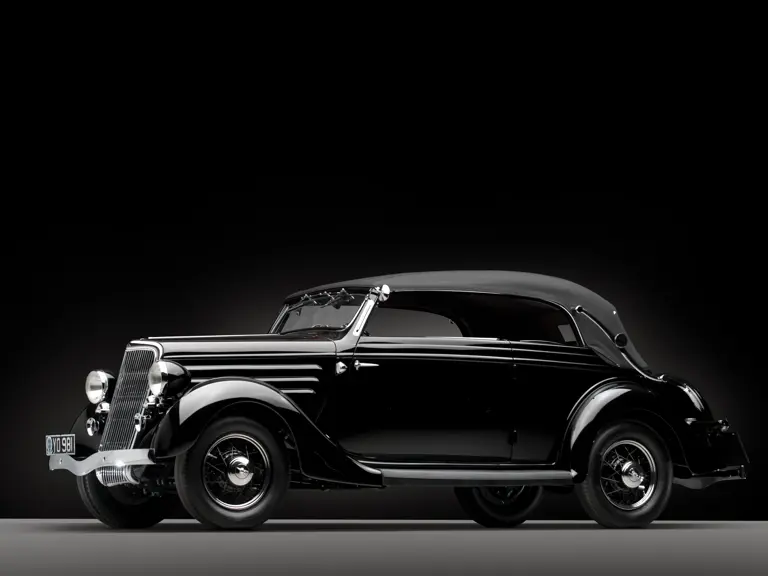
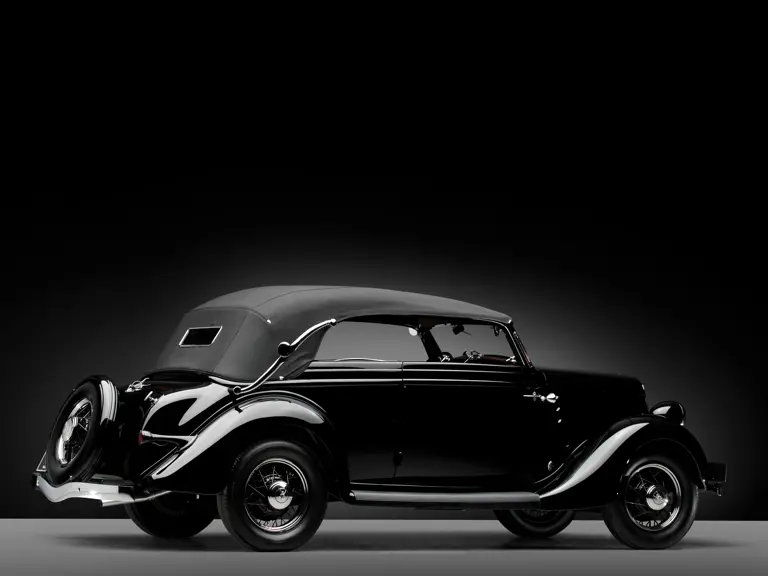
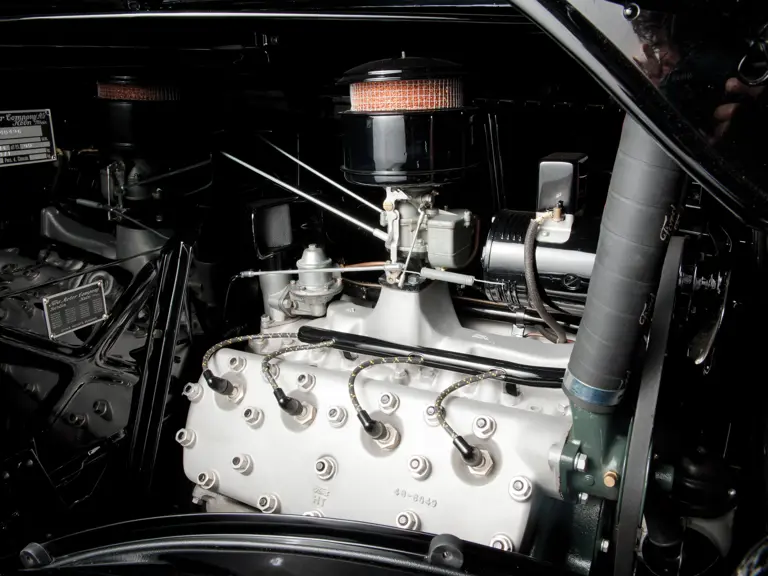
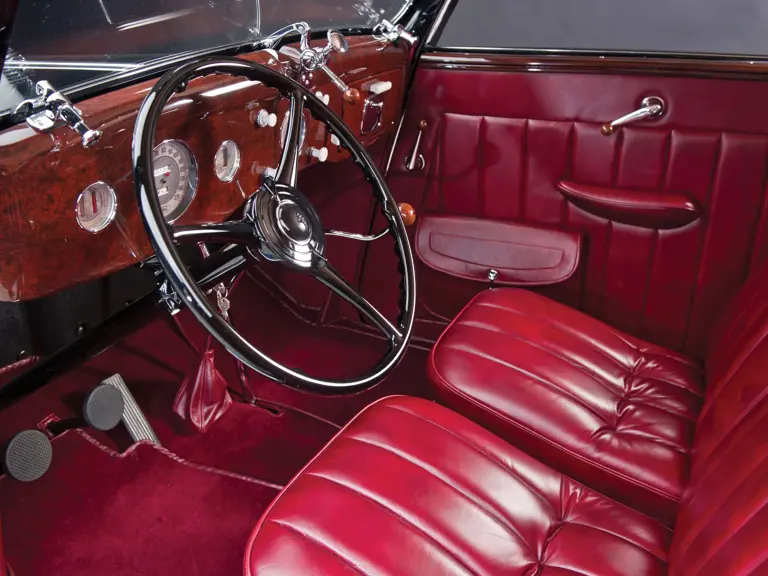

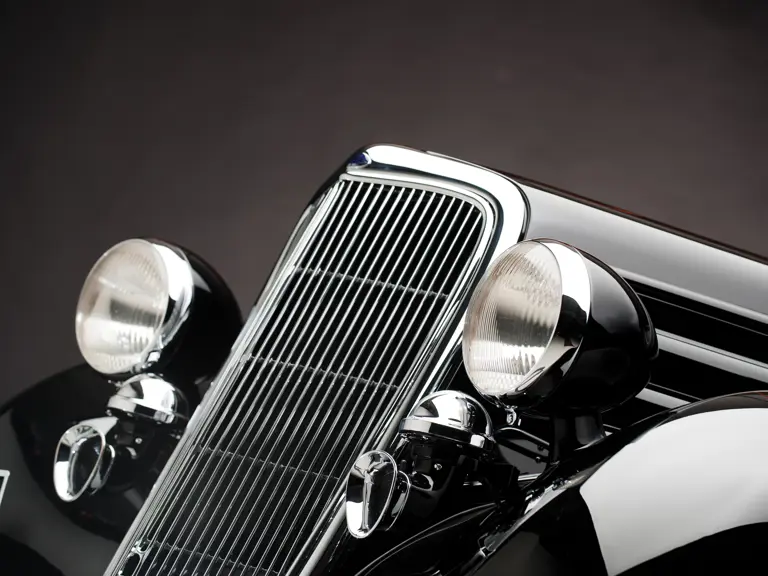
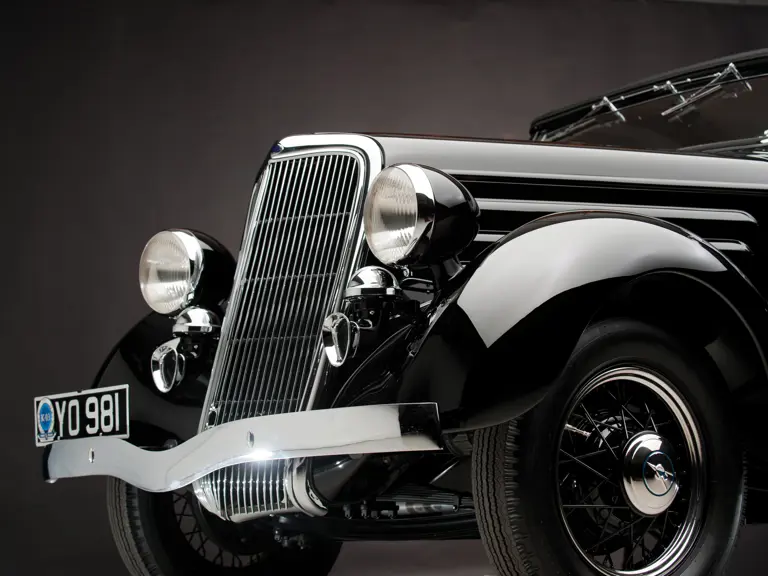

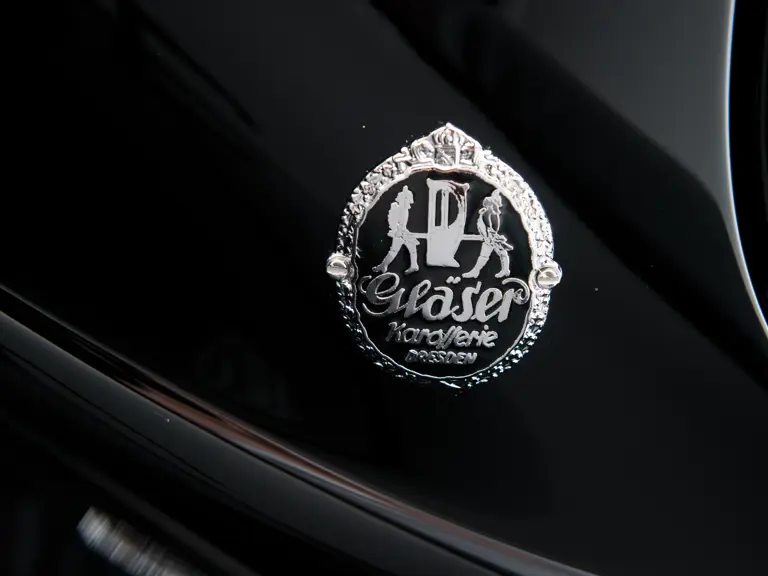
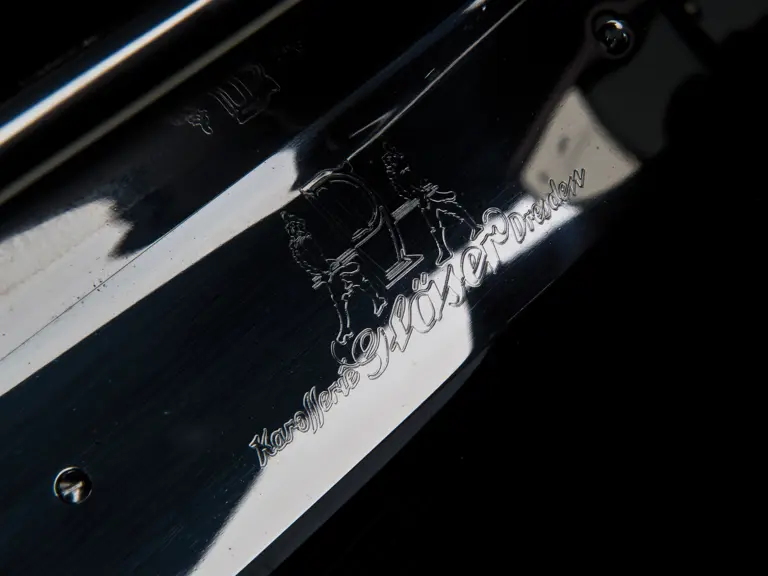
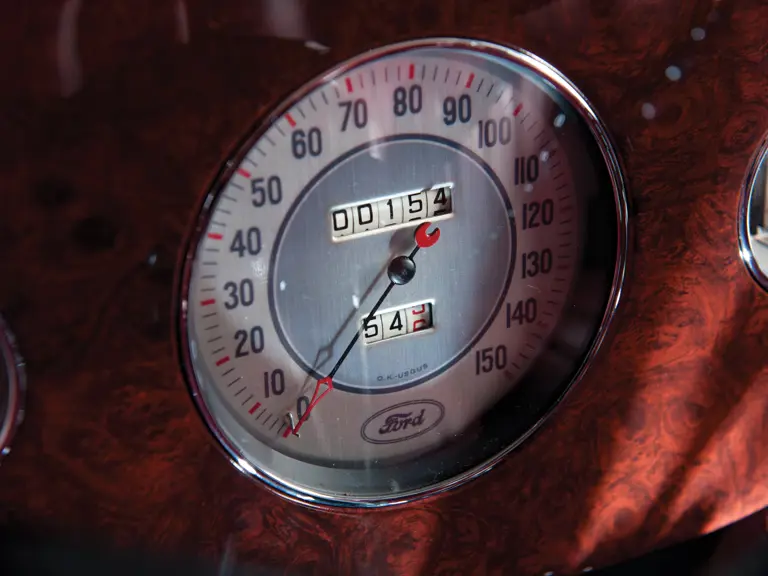
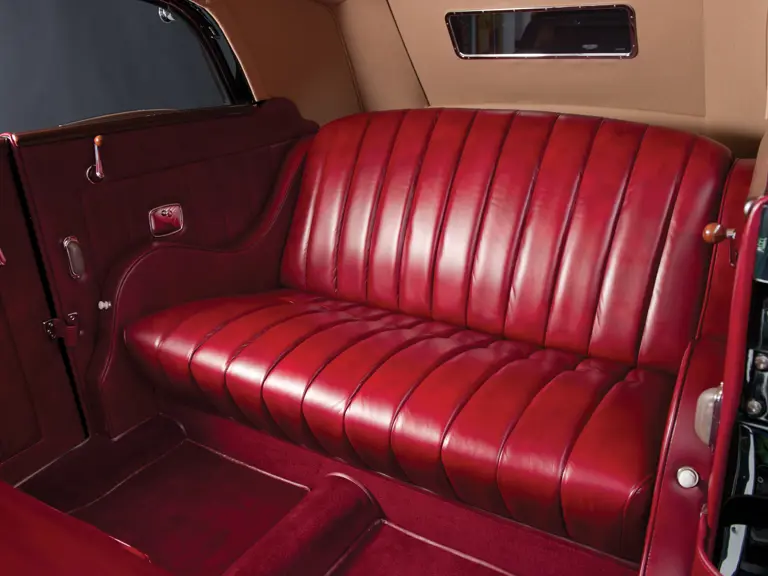
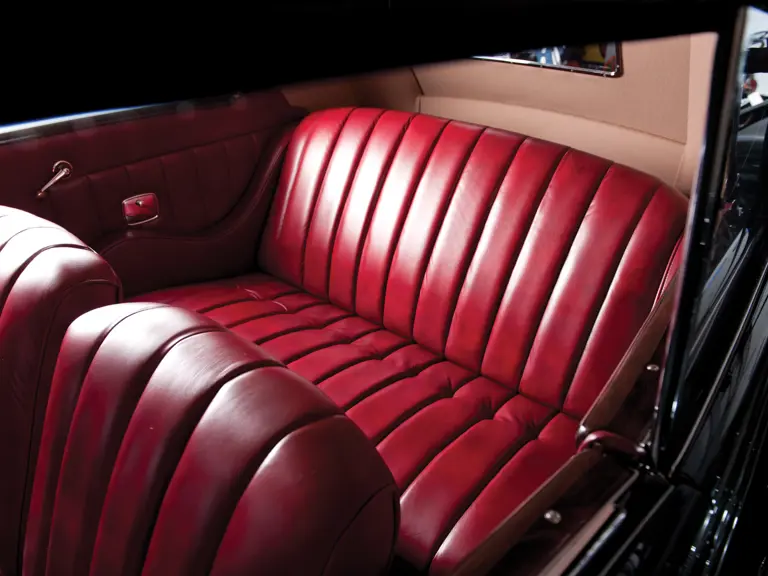
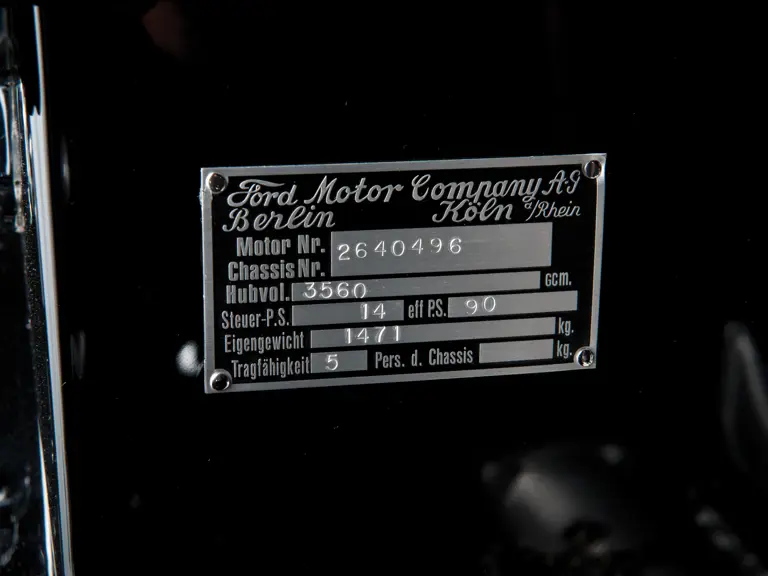

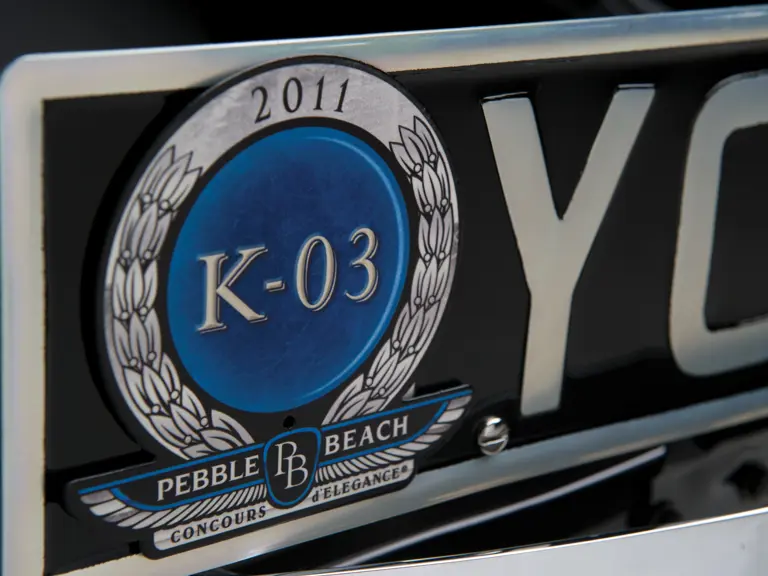
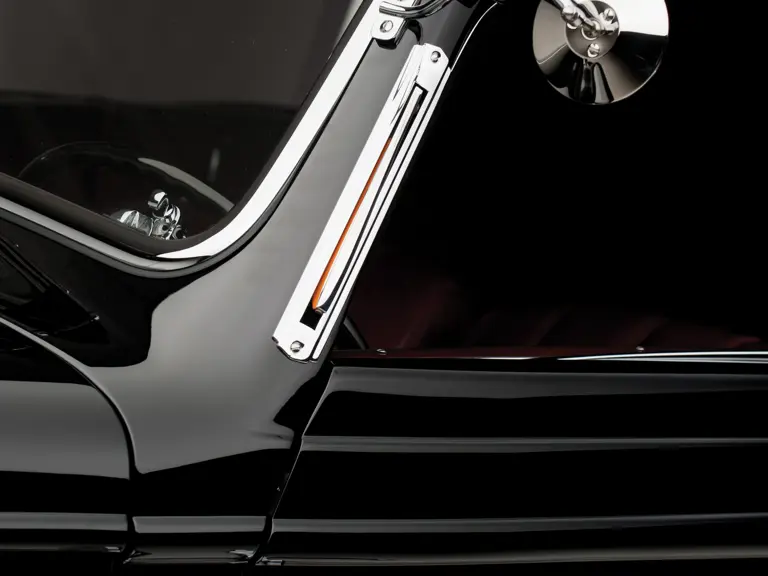
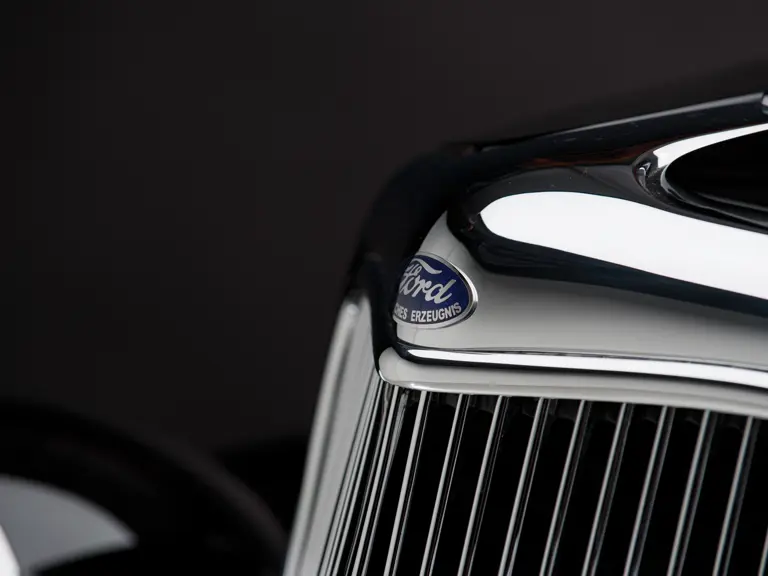
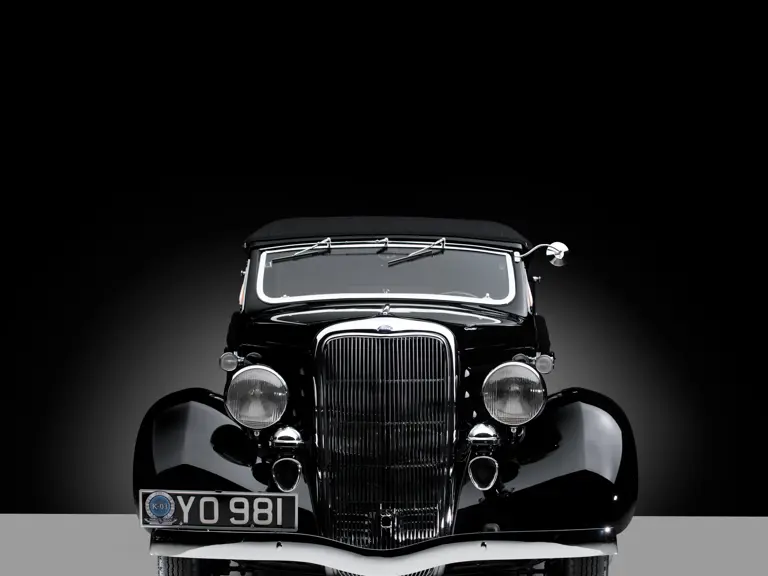
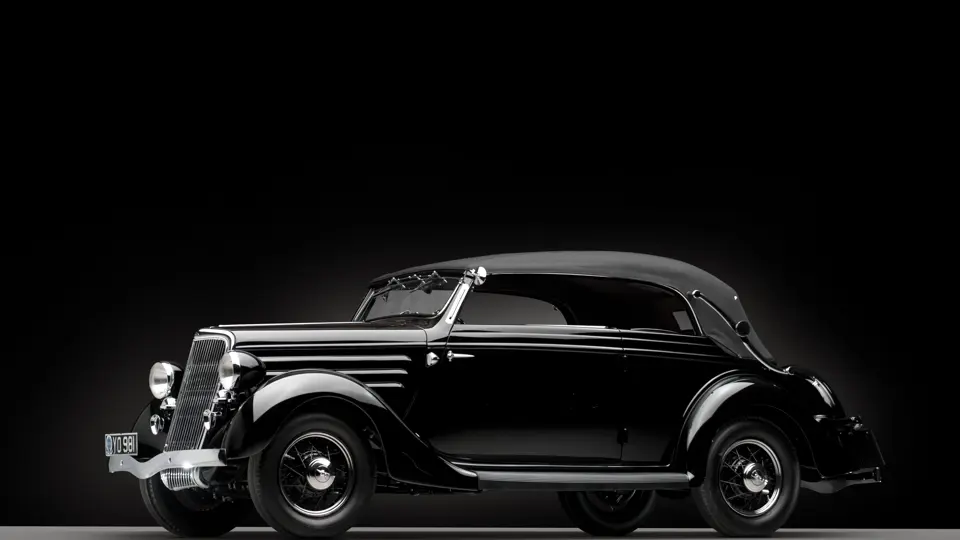
 | Hampton, New Hampshire
| Hampton, New Hampshire
